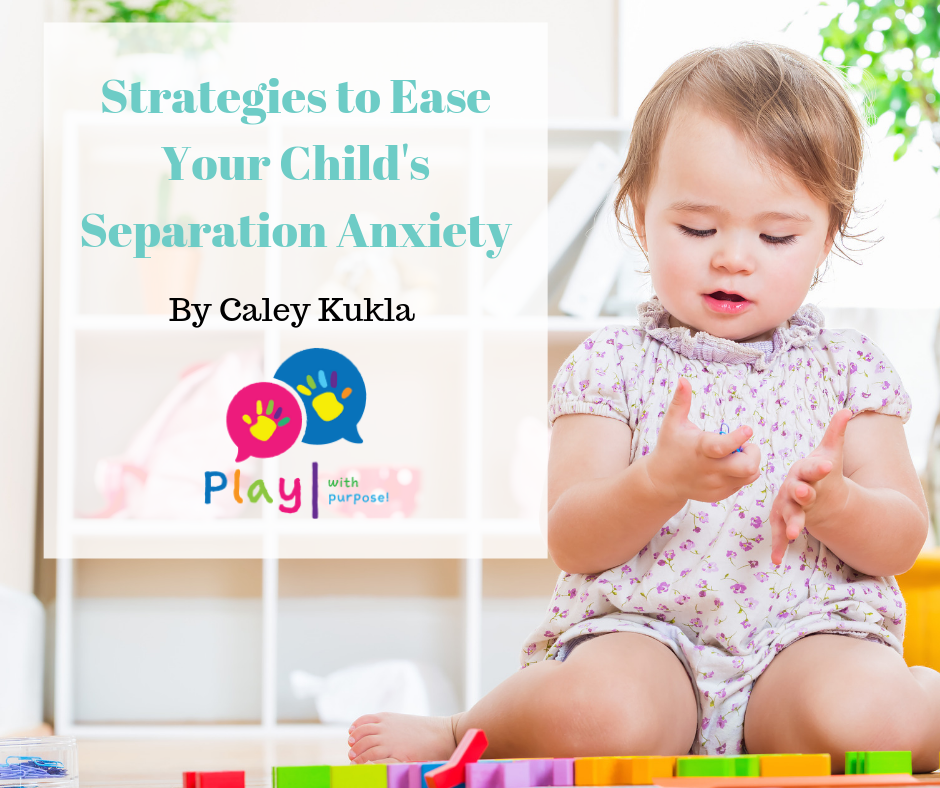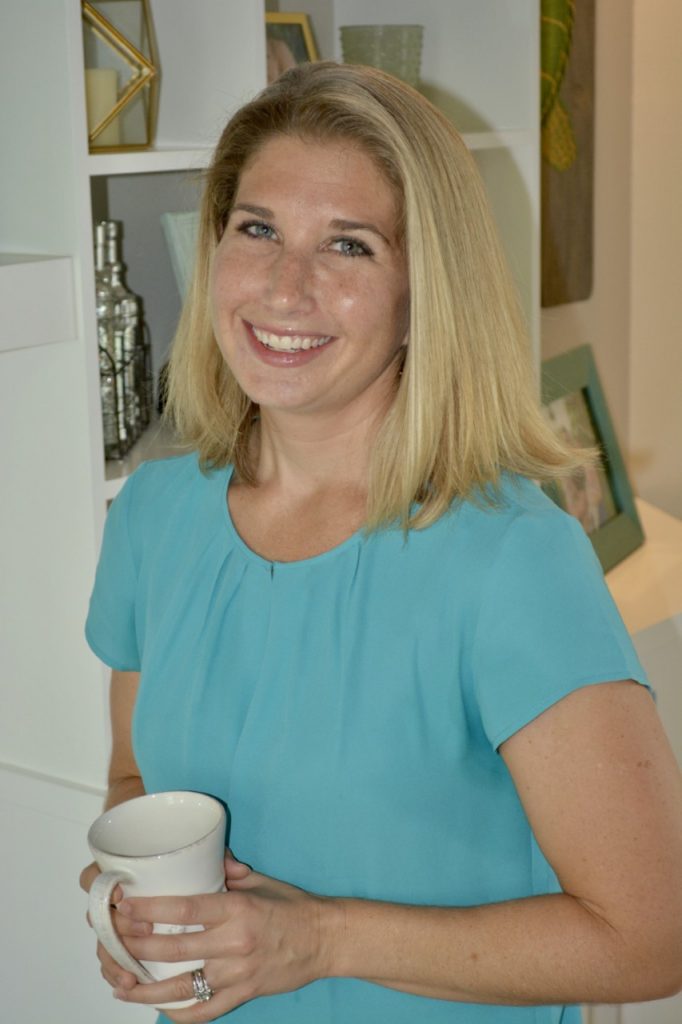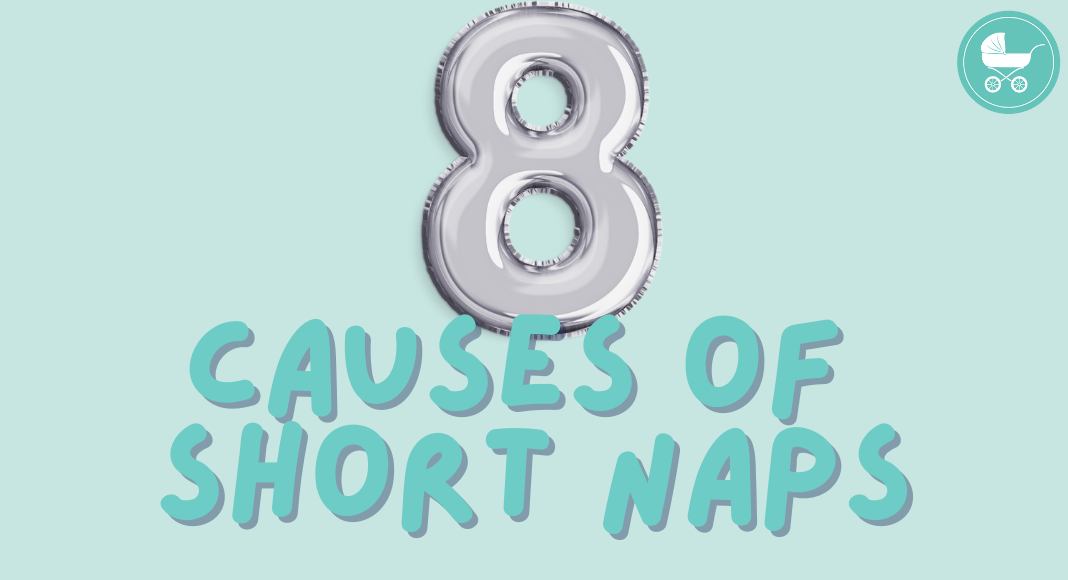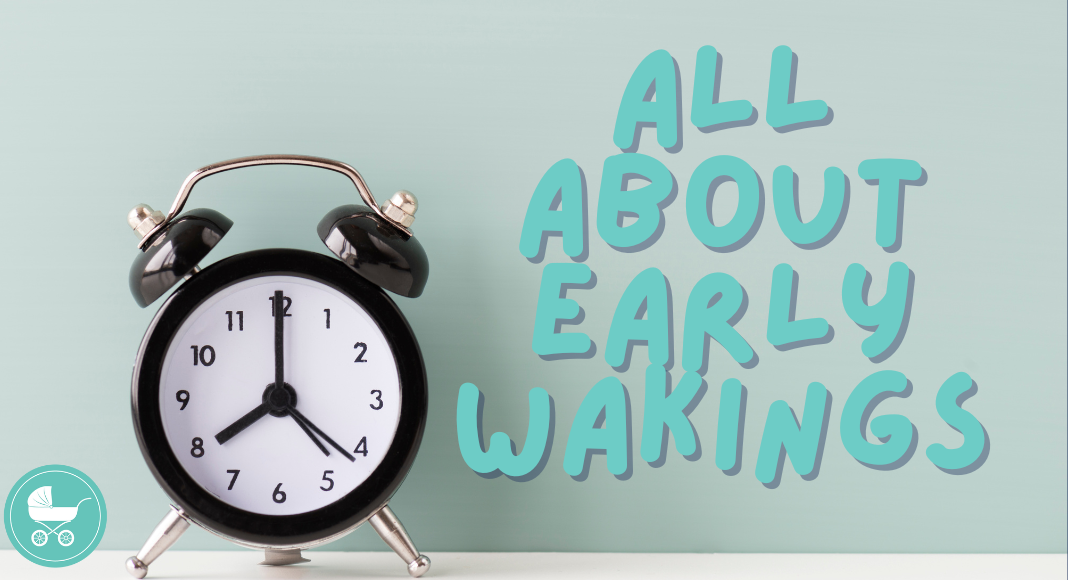
August 11, 2019
Separation anxiety can be a trying time for parents and babies alike and usually peaks between 10 – 18 months, but can continue through the later toddler years. It can intensify when developmental milestones or major transitions happen in the child’s life: cognitive developmental leaps, new sibling, potty-training, new sleep routine, starting school, etc. As […]
Strategies to Ease Your Child’s Separation Anxiety
Separation anxiety can be a trying time for parents and babies alike and usually peaks between 10 – 18 months, but can continue through the later toddler years. It can intensify when developmental milestones or major transitions happen in the child’s life: cognitive developmental leaps, new sibling, potty-training, new sleep routine, starting school, etc.
As difficult as separation anxiety can be for parents, our children need our calm confidence as they work through their newly acquired fear.
Here are strategies you can use to ease your child’s anxiety:
Understand their fear
This is a healthy and normal part of development. Your child is discovering their own identity, which means they realize they can operate separately from you. This is an exciting, but an overwhelming discovery for your little one. They need time and reassurance as they navigate their new understanding of the world.
Peek-a-boo
Get creative with your peek-a-boo game! Discover the optimal “disappearance time” to get your child laughing – too long and she may start to whine, too short and she won’t be amused.
Ducking behind cabinets, using napkins, or simply averting your eyes can be wildly amusing for infants, toddlers, and pre-schoolers. Even more “advanced” games of peek-a-boo such as “Oh, no! I can’t see you! Where did you go?!” can be hysterical for school-aged children.
Why? It plays with their biggest fear – abandonment, and helps them conquer it. They have a little moment of “Oh no! Where are you?!” That is quickly answered with a “THERE YOU ARE!” and pure elation. That moment of pure elation gives their brain a hit of happy hormones and bonding hormones, which helps them build confidence, trust, and calm in times of distress.
Your confident momentum
Children are incredibly sensitive to our emotional energy. If we feel nervous and anxious, they will be nervous and anxious. Just as newborns co-regulate their breathing, body temperature, and heart beat with Mom’s, young children co-regulate emotionally with primary care givers. So breathe. Be confident in yourself and your child. If you feel like you are stressed out during times of separation, use self-talk to reframe the situation: “Your child is safe. Your child feels loved. This is a normal, healthy part of development, and they are discovering who their identity is. That is something to be celebrated.”
Once you step away from your child, take a breath, and send your warm, positive love, thoughts, and prayers to them. Research shows that people receive our love and thoughts even when we’re not physically together!
Visual routine or visual book
If you go through a daily routine that involves separation anxiety, make your child a visual schedule or routine book that shows and explains the process. Children process information better visually, so empowering them with their own schedule or story that they can sit and review builds confidence and understanding. Focus on “remembering” instead of “missing”! “Remembering” keeps them in their higher brain, “missing” keeps them in their emotional brain. Phrases such as “When you feel sad, you can take a breath, and remember Mommy will come snuggle with you in the morning.”
Validate their feelings and quickly follow-up with “remembering”
As parents, we want to make everything “all better” for our children. But think about when someone dismisses how you feel. Not a good feeling. Our children ache for the same understanding and validation: “You don’t like when Mommy leaves. You wish I could stay here all night. Remember, I come get you when your light turns green.”
Extra connection time
Separation is a hard time for all parties, so spending some extra connection time with your child is paramount. Connection time should include: touch, presence, eye contact, and a playful situation. Dance parties, peek-a-boo, walks outside, rough-housing, swimming are all playful activities that also activate happy hormones and brain integration. Integrated brains are calm brains, so movements that cross midline, use big movements, involve reassuring touches, and laughter are the best.
Security object
Some children will choose their own “lovey,” and others need to be guided to choose one. If your health care professional has green lighted your child to sleep with blankets/stuffed animals, you can start implementing a security object.
Research shows that smell is a critical sense to create a feeling of safety. Parents can sleep with the object for several nights to make the object smell like them. Hold the object while you rock them, feed them, snuggle with them to link that object to “warm fuzzy” feelings. Once a bond is made with an object, the connection is strong because children see objects as an extinction of their own identity.
This too shall pass
Separation anxiety is such an emotional event for parents and children. Finding a mantra to help keep everything in perspective may be a helpful strategy for you when you’re in the thick of it. Some mantra ideas are:
“This too shall pass.”
“This is healthy and normal.”
“S/he is safe and loved.”
“My child is capable.”
Ultimately, give your child and yourself time to process and accept this new social-emotional milestone. They will slowly build confidence, but will need to borrow yours in the meantime. You can do this!
Here are some resource recommendations that are great for children 18 months or older:
Song: “Grown-Ups Come Back” By Daniel Tiger
“When I Miss You” By Cornelia Maude Spelman
“When I Feel Sad” By Albert Whitman & Co.
“When I Feel Worried” By Cornelia Maude Spelman
“Llama, Llama Misses Mama” By Anna Dewdney
“The Invisible String” By Patrice Karst
“The Kissing Hand” By Audrey Penn
“The Bear Feels Scared” By Karma Wilson
“The Rabbit Listened” By Cori Doerrfeld
About the author:

Play With Purpose founder Caley Kukla is a wife to her high school sweetheart and a mother to two boys. Her motherhood journey began in 2014, when she realized that her degrees in Early Childhood Special Education could be put to good work educating parents about their child’s development.
Her passion is to help parents understand their children through the lens of empathy, developmentally appropriate practices, and emotion coaching.
As a mother, she has the unique ability to empathize with the daily parenting struggles, while grounding her coaching in brain research. Her mission is to change the world one family at a time while we raise the next generation to be compassionate, creative, and industrious leaders. She does this through a dynamic combination of one-on-one coaching, parent workshops, social skills classes for kids, and teacher education.
Get instant access to our free sleep class for children from newborn to 5 years old. You will learn how to get your child to sleep independently -- and all through the night!
Get Your Child To Sleep All Night Long in as Little as 7 Days!
join the free class
THE CLASS


